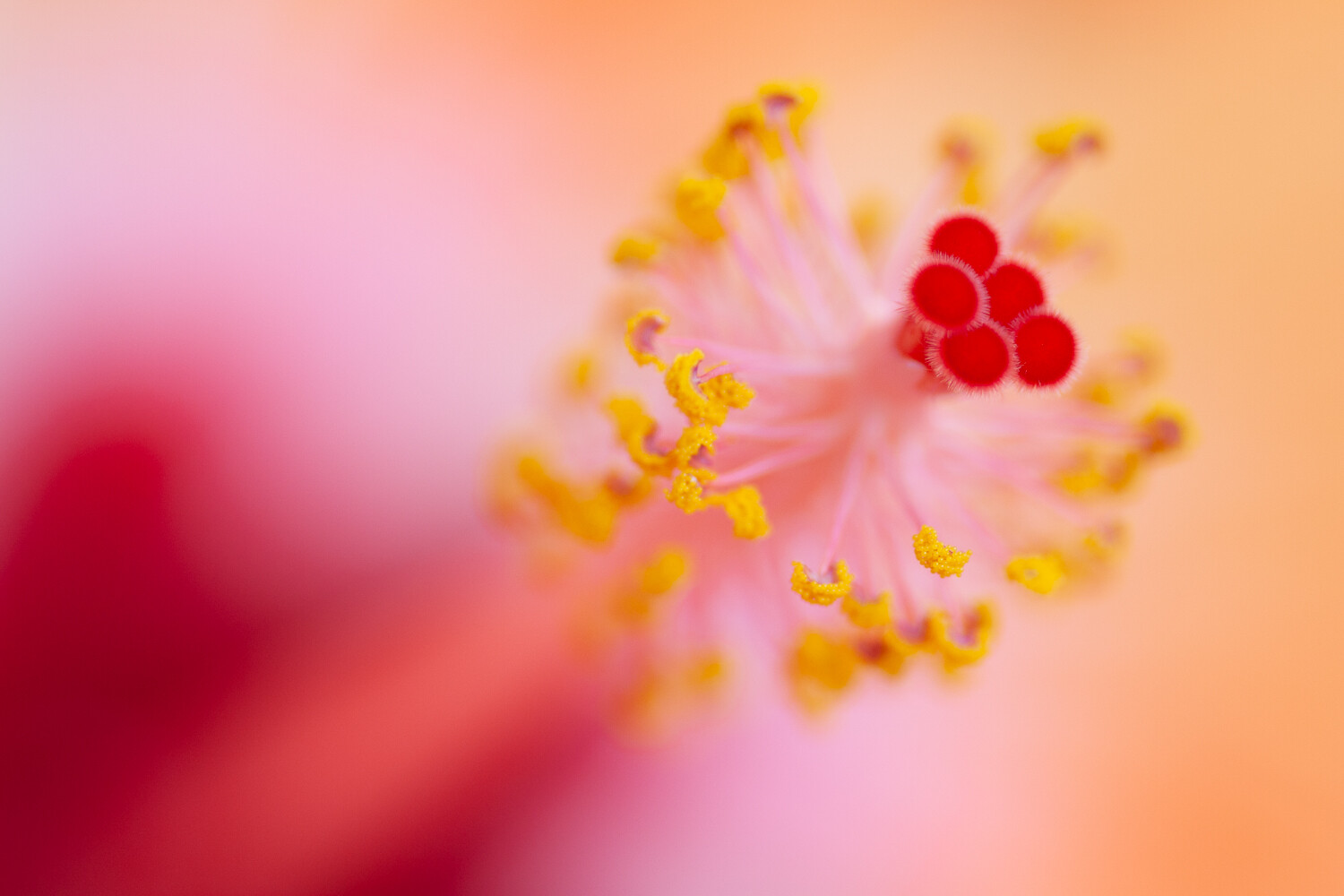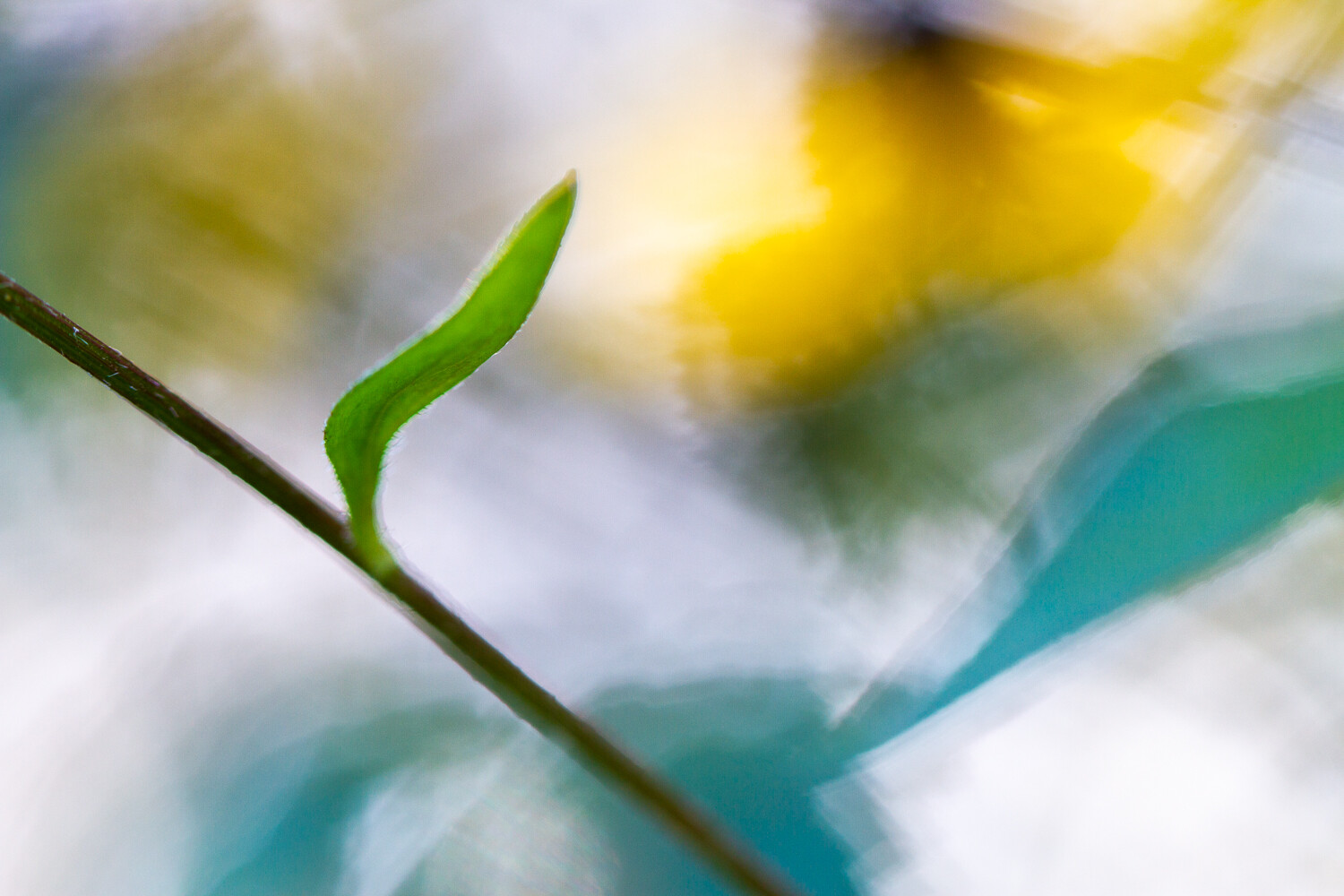The post Three Mistakes That Kill Image Quality (and How to Avoid Them) appeared first on Digital Photography School. It was authored by Adam Welch.
We all want to make the highest quality photographs we possibly can, right? Hopefully, you just gave a very slow yet very serious head nod in agreement to that statement.
There are a host of factors that play into the final quality of your digital images. Even the phrase “image quality” seems to be the best way to sum up all the pieces that have to come together for us to consider our photographs to be of high quality. Sharpness, composition, color balance and contrast are a few variables that jump to mind along with a multitude of others that we can and cannot control.

In this article, we’re going to look at three mistakes that you could very well be making with your photography right now which could be sabotaging your image quality before they ever leave your camera. Luckily, all of these mistakes are easily remedied once you realize they exist. Let’s get started.
Shooting “wide open” all the time
Make no mistake, from a lens standpoint, we live in an extraordinary time. Lens manufacturers have evolved to the point where we currently see extremely well-constructed optics with beautiful sharpness capable of shooting with relatively enormous apertures.
Not even a decade ago, you virtually could not find a “fast zoom” lens with a maximum aperture wider than F/4 for less than a $ 1,000US – at I least I never did.
Now, it has become blissfully common to acquire an outstanding F/2.8 or wider lens without taking out a second mortgage on your home.

This new age of lens evolution comes with a few caveats, though. Just because your lens is a low-light beast capable of shooting at F/1.4, doesn’t mean that is an ideal aperture for every situation. You see, lenses have certain “optimum apertures” which provide the sharpest results for that particular lens.
In most cases, the widest aperture of your lens, while providing the best light gathering and arguably the best bokeh, is usually the worst optical setting for your lens. The widest aperture setting of your lens often makes nasty little image problems more apparent. Chromatic aberrations, edge softening, and vignetting all become more pronounced when you shoot wide open.
The solution:
Stop down your lens, even if it’s only by a stop or two. You’ll lose some light, but you will also likely see a markedly visible increase in image sharpness and overall quality. While it’s true that not all lenses are created equal (some show shockingly fantastic performance even at their widest apertures), the outcome will probably only become better if you stop down.

A good F/1.4 lens will be great at F/2.8 and likely outstanding at F/4. If you’re worried about losing that “creamy” bokeh, you may be surprised to see how little background blur you lose with a couple of stops on the wide end of your aperture. It depends on the relative distance of objects in the scene as much as it does on the aperture.
So if you’re suffering from a lack of sharpness and heavy vignetting try stopping down that lens and observe your results.
Poor body mechanics
No matter your gear, conditions or subject matter, if your camera is moving unintentionally, then your images will likely never be as technically qualitative as they could be. Camera shake robs sharpness and can make an otherwise strong image unusable.
Some of us can naturally hold our cameras more steady than others. In-camera or in-lens image stabilization can help, and of course, a trusty tripod is always a good shooting companion.
All of those things aside, simply being conscious of your body mechanics can go a long way to improve the quality of your photographs. At the same time, a bad grip on the camera and poor bodily positioning can cost you a photo.
The solution:
Whenever you’re shooting handheld, be mindful of how your hands grip the camera and the position of your arms and legs. Keep a flat-footed stance with your legs about shoulder-width apart. If you’re using a DSLR or other interchangeable lens camera, grip the camera body firmly with your right hand with your left supporting the lens. Also apply slight opposing pressure (push with the right, pull with the left). Tuck your arms in close to your body for maximum stability.
This will work to help steady your shot. Along those same lines, gently press the shutter button instead of sharply pushing down, which can lead to the camera jerking.

Elbows tucked, solid grip and lens support.
Bonus tip:
Be mindful of a handy little formula called the “Reciprocal Rule.” This rule will help you approximate the slowest shutter speed based on your focal length to avoid moderate camera shake. The Reciprocal Rule is incredibly simple:

So, if you’re shooting with a 50mm lens, the slowest shutter speed you should use would be 1/50th of a second. Shooting at 100mm? Your slowest shutter speed should be 1/100th of a second and so on and so forth. This is not an ironclad rule but it is a highly practical one.
For more ways to obtain sharper images be sure to check out my other article 4 Simple Ways to Get Sharper Photos
Neglecting your settings
As simple as it sounds, not being cognizant of your camera’s settings is one of the most frustratingly preventable image quality killers that you will ever encounter. Consistently out of focus images? Check that your viewfinder diopter is adjusted to your eyesight – especially if you wear corrective lenses. Are your photos suddenly pixelated at high magnification? Make sure you haven’t accidentally changed your camera’s resolution (happens more than you might think) to a lesser megapixel count.

These are just a couple of points to consider, but there are many more. The bottom line is that if you aren’t continuously aware of what your gear is doing, not only are being a sloppy photographer, but you are also limiting yourself and your work for virtually no reason at all.
The solution:
Brace yourself for a huge surprise! Just kidding.
The easiest way to fix a neglectful mindset towards your shooting is to force yourself to remain vigilant. This means constant checks of your deep camera settings such as image and video resolution/format, camera firmware, and micro AF lens adjustments. Sure, keeping track of all these things isn’t an immersively fun experience, but neither are bad photographs.
Do yourself and your photos a favor and never fall into the trap of complacency when it comes to your camera’s settings.
Summing up…
We all could be better at doing the things we love. Each one of us, no matter how experienced or accomplished, will always make mistakes with our photography. The only way we can prevent those image quality mistakes from constantly occurring, and improve the quality of our photos is to make sure we are aware that anything is wrong in the first place. If you do not see the quality of images you would like, the first step towards finding out the problem is realizing that there is one. From there it’s just a matter of working the problem until you resolve it or significantly mediate it.
Put the tips we’ve listed here to work, and you’ll see your image quality improving immediately.
Oh and remember, we’re all in this together! Feel free to share any other tips for image sharpness, or if you have a sticky little issue with your picture quality, feel free to let us know in the comment section, and hopefully, the community can help!

The post Three Mistakes That Kill Image Quality (and How to Avoid Them) appeared first on Digital Photography School. It was authored by Adam Welch.












































































































You must be logged in to post a comment.